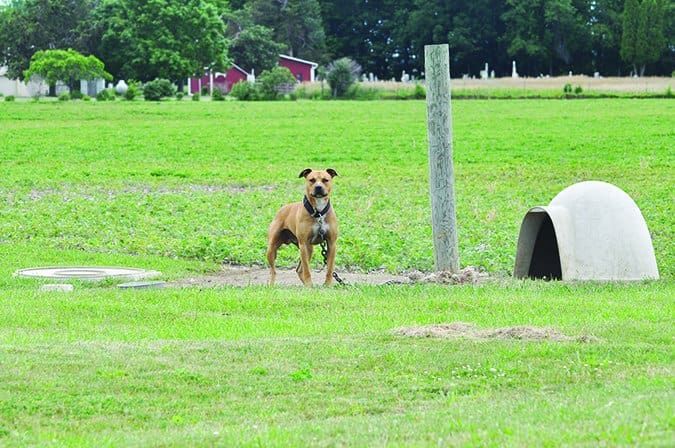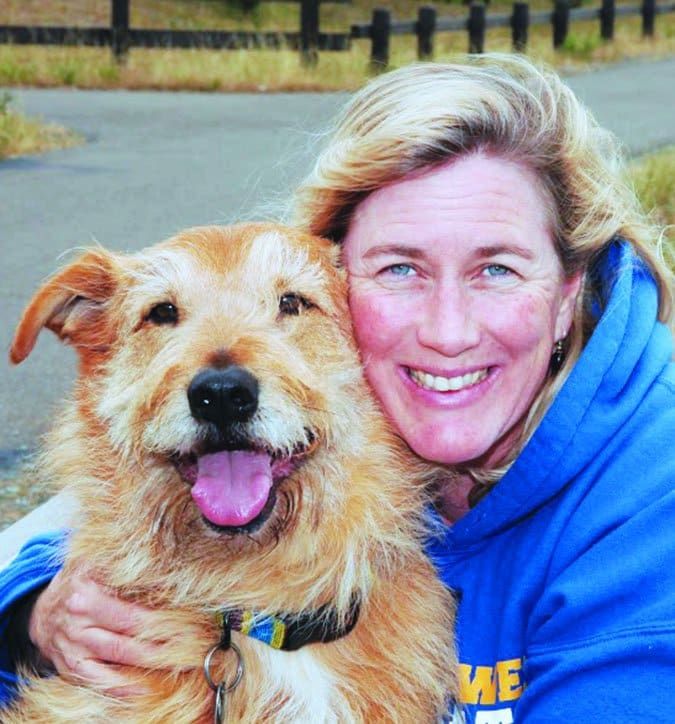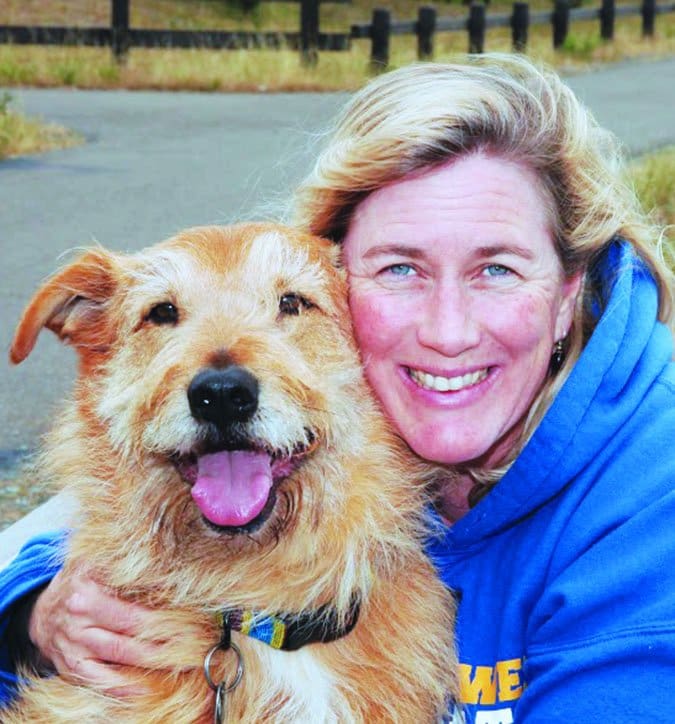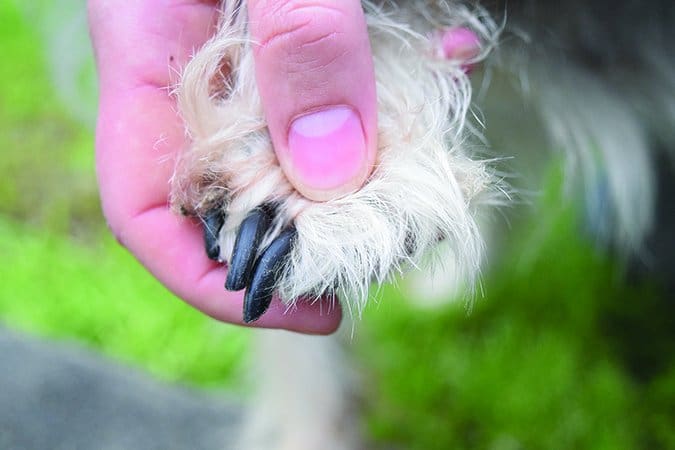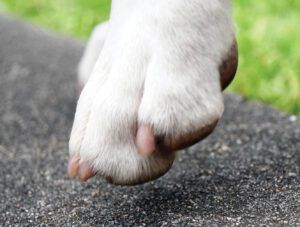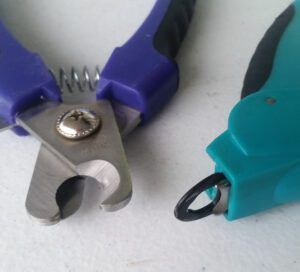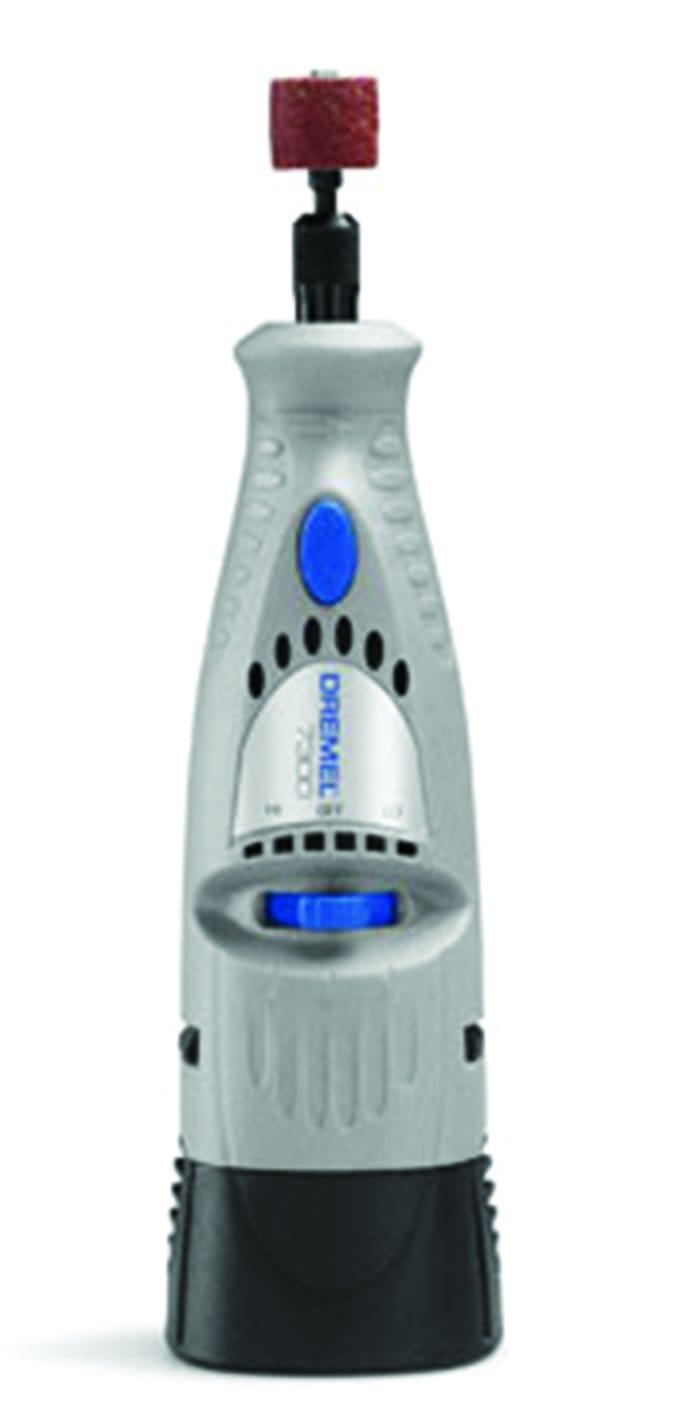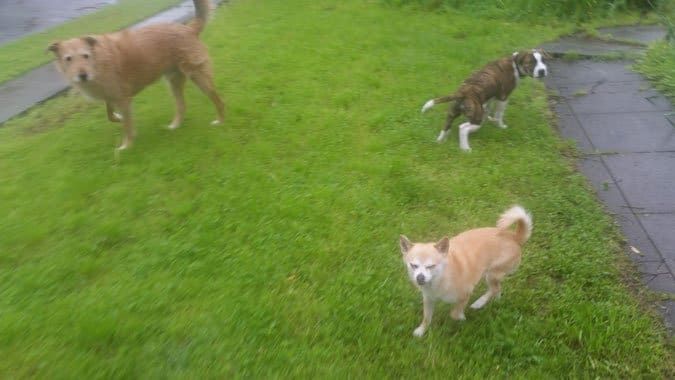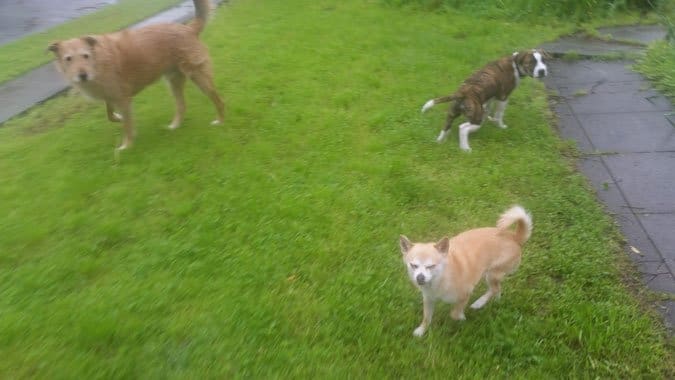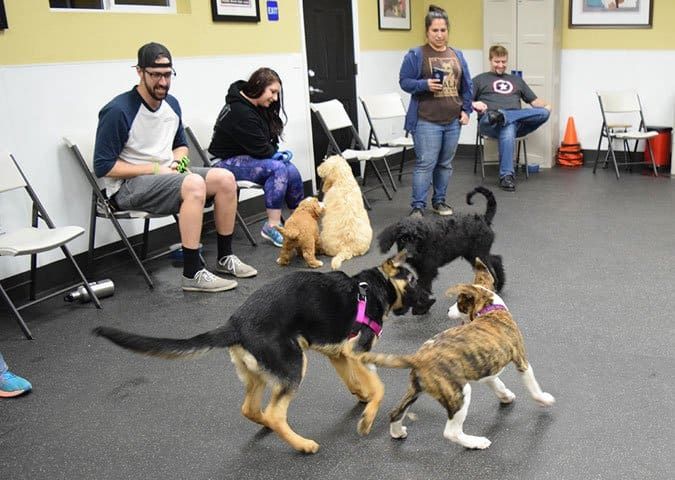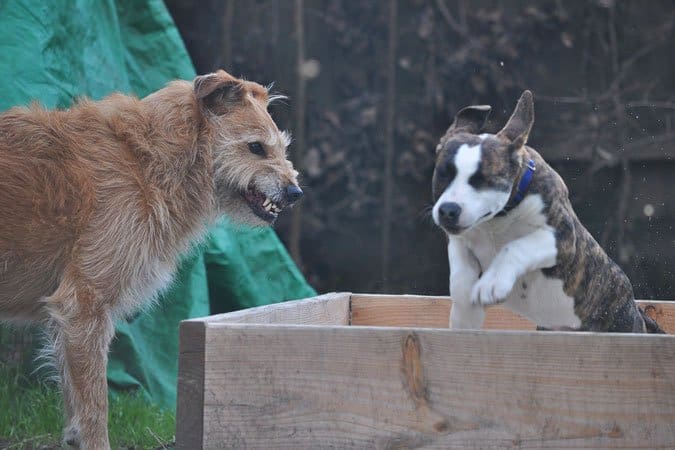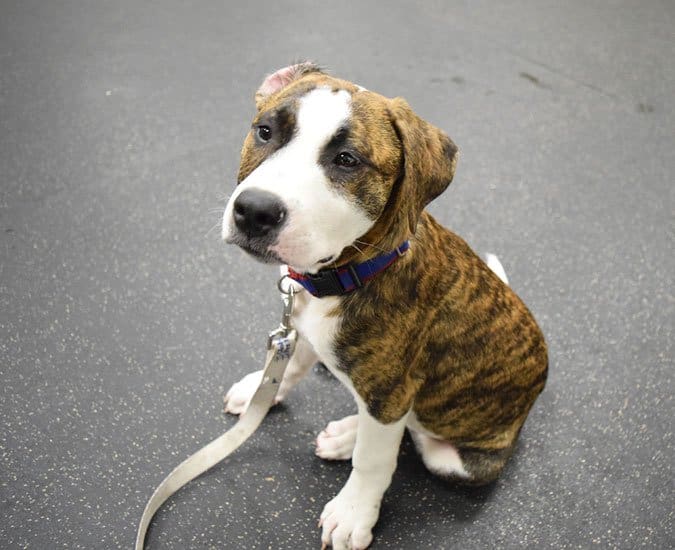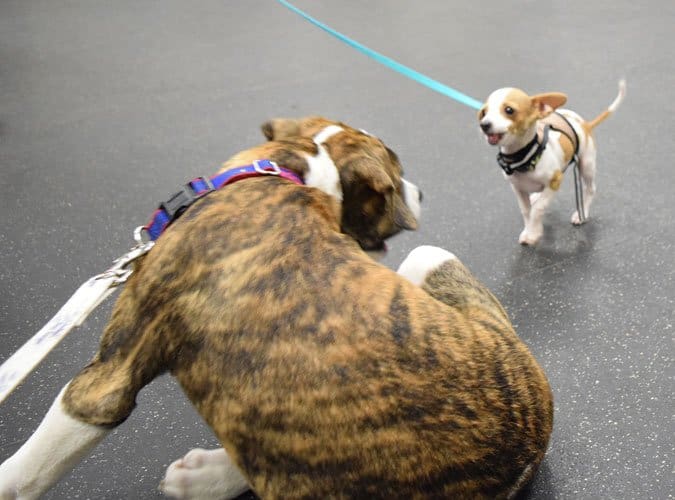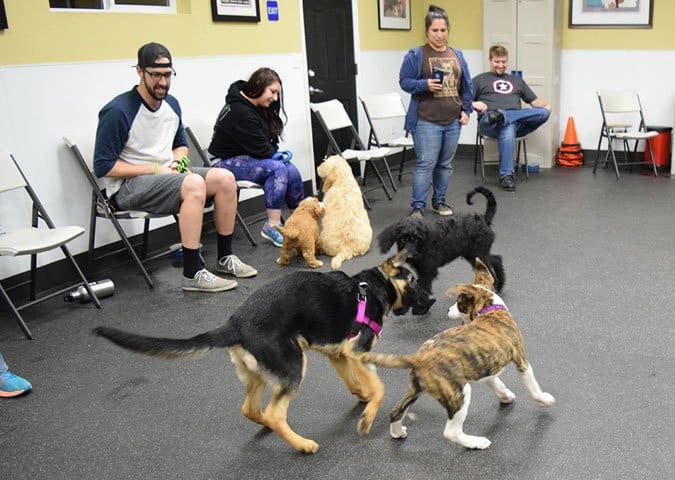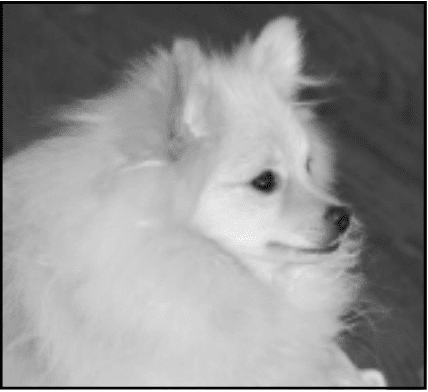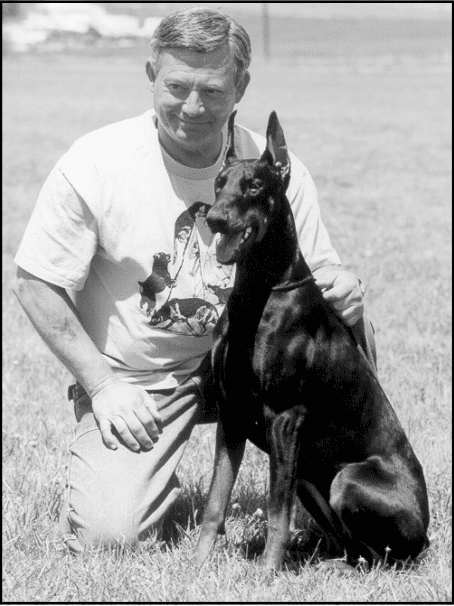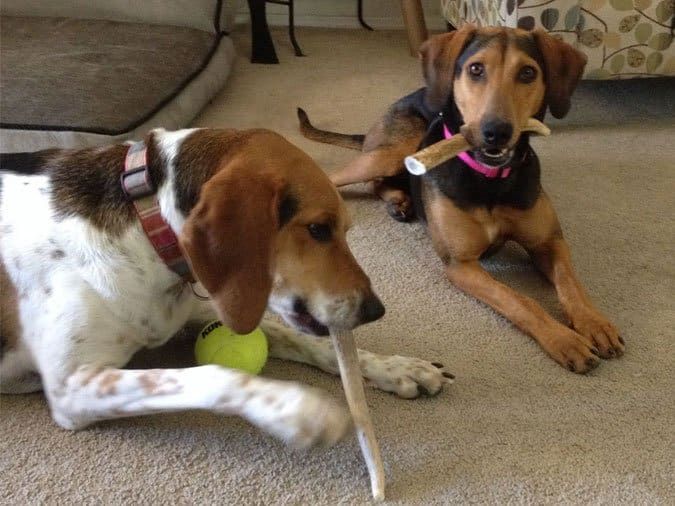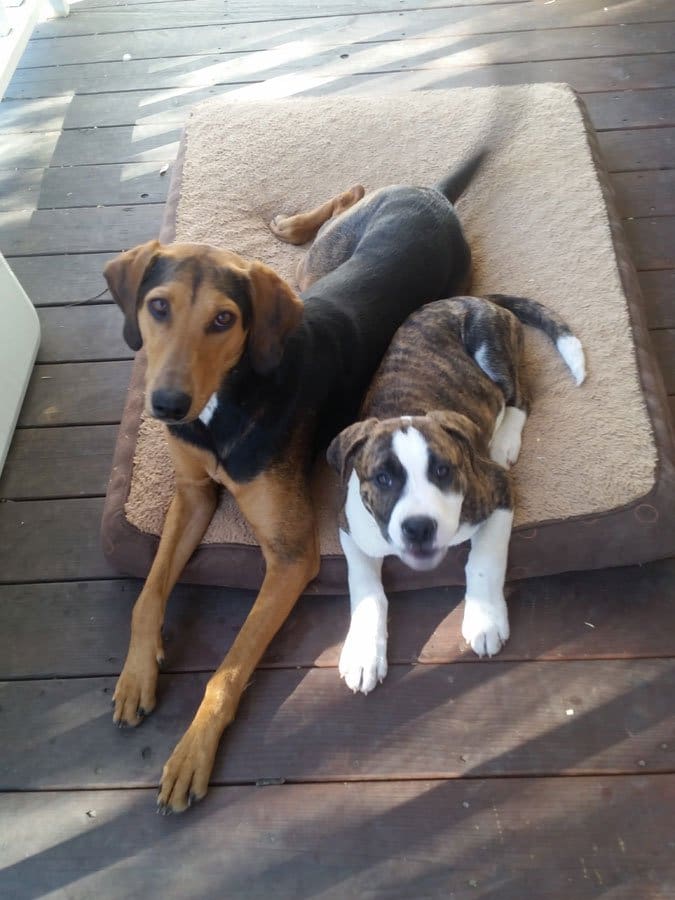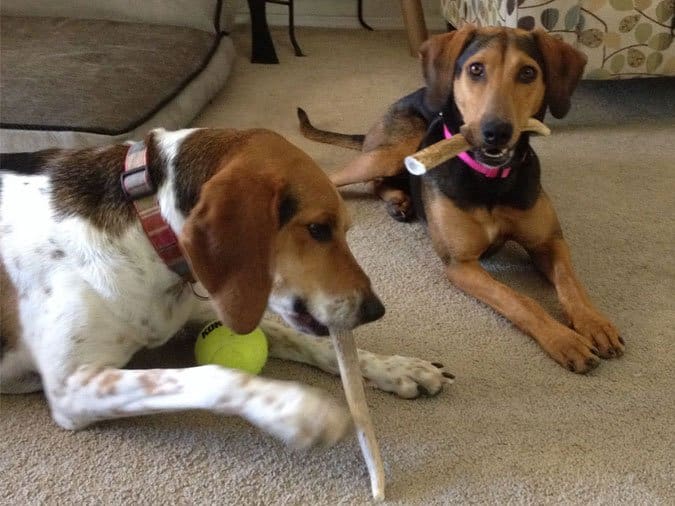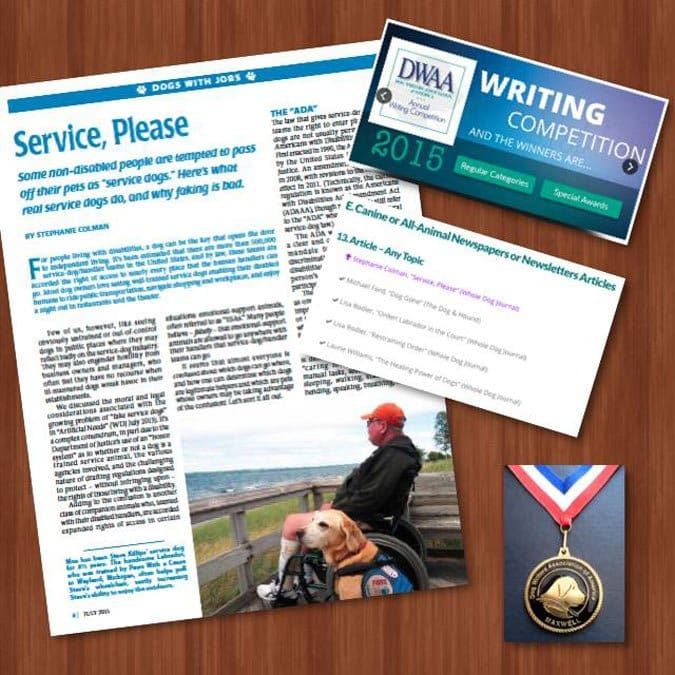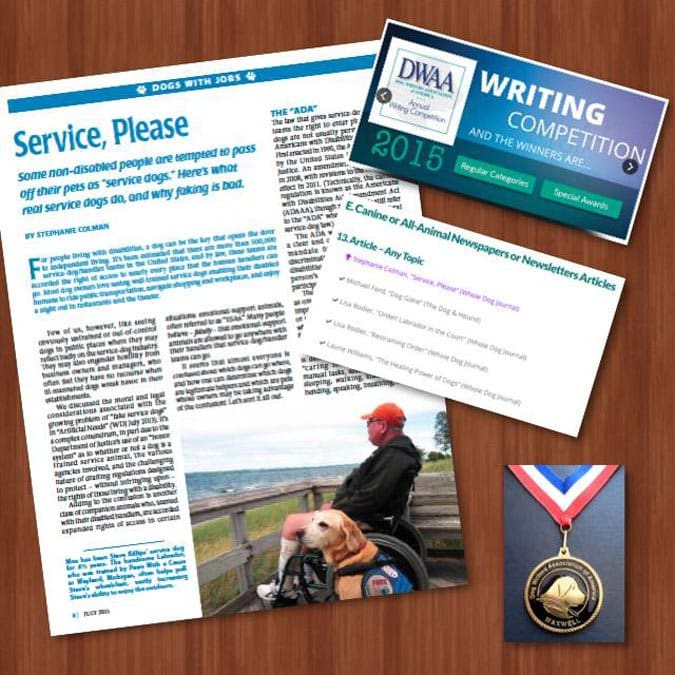If I were to choose two words to summarize how to live harmoniously with dogs in apartment buildings it would be “with consideration.” It really is no different than how we should strive to treat our neighbors even when pets are not involved. For example, before having a party, it’s considerate to inform your neighbors that you will be entertaining, invite them to join in on the fun, and be mindful of not being excessively noisy late in the evening. Similarly, if one has a dog, check in with your neighbors from time to time to make sure that Rocky is not driving them crazy with his whining and barking.
The consideration extends to our dogs as well. It is not fair to leave a young, active dog all day in an apartment with nothing to do and expect that he will be a model citizen. He might be destructive (which may or may not affect neighbors) and vocalize out of boredom and frustration.
If there is an opportunity to meet and discuss the rights and responsibilities of dog owners and other residents, I suggest bringing in a professional positive reinforcement dog trainer to educate everyone involved (building management, pet owners, and affected and/or concerned neighbors), about what constitutes normal dog behavior. Two sources of such trainers are the Certification Council for Professional Dog Trainers and the Pet Professional Guild.
Here are some topics that apartment dwellers, landlords, and cooperative/condominium boards should take up and discuss proactively in buildings where dogs reside:
Noise (barking/whining)
Dog owners should be courteous and respond promptly to complaints. They should also try to figure out why their dog is barking, perhaps with the help of a qualified professional positive reinforcement-based trainer. Does the dog get enough exercise during the day? A walk around the block is insufficient for most dogs. Can a dog walker be hired to come during the day? If the dog is easy to walk, could a young person in the building perform this task?
Noise (separation distress or anxiety)
If your dog is whining and/or barking for hours, it’s likely being caused by some amount of separation distress, especially if there is evidence of destruction such as biting the door or walls. If so, you may need to address this with a professional positive reinforcement-based behavior consultant or possibly a veterinary behaviorist. The American Veterinary Society of Animal Behavior has a list of certified veterinary behaviorists on its website. These veterinarians are expert in behavioral issues in animals and may, if necessary, prescribe medications that can help relieve your dog’s anxieties.
Bored dogs
Leave him with something to do! Fill Kongs with his food, mixed with a spoonful of yogurt or peanut butter and freeze them; leave them around the apartment so he has to hunt for them and work to get the food out, rather than eating it in a few seconds out of a bowl. If he’s a good, safe chewer, provide him with some raw bones to work on, or use interactive toys such as Kong Wobblers. You can try something as simple as hiding treats or your dog’s kibble in cereal boxes or paper towel rolls (be sure he won’t ingest these by first trying this out while you are at home). Leave a classical music radio station on or play “Through a Dog’s Ear” CDs. Or try Dog Appeasing Pheromone (DAP or Adaptil plug-in).
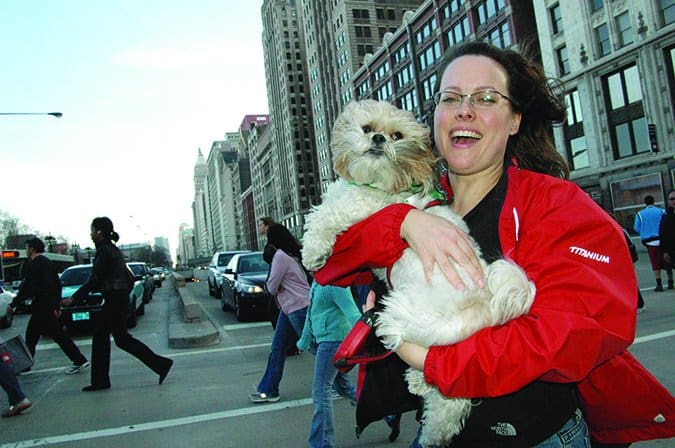
Aggression
We expect dogs in an urban environment to tolerate crowded conditions, weird noises and smells, and all kinds of strange activities. Many dogs, thanks to good training and socialization at an early age, good genes, and/or just the luck of the nature/nurture combination, are wonderfully calm about all this. But others are more sensitive and fearful.
Fear is the main cause of aggression. So what to do? First, don’t put your dog in a position where he may feel the need to snap or, worse, bite. For example, if you are about to enter the elevator and there is already a dog in there and your dog doesn’t particularly like other dogs, don’t take any chances, just say, “Okay, I’ll wait for the next one!” Or, take the stairs and give yourselves even more exercise!
If you enter the building with your dog after a walk and the doorman has a package for you, tell him you’ll get it later. If your dog is fearful, he may be alarmed by a giant bag of dry cleaning being handed over by the man in the uniform.
Try to continually make positive associations with everything going on by rewarding your dog for calm behaviors in the presence of things he may be uncertain about. How? With tiny yummy treats that you will always carry in your pockets. (But remember to unload them at the end of the day or you may find holes chewed in your clothes when you wake up in the morning!) See “Eliminating Your Puppy’s Fear-Related Behaviors,” WDJ June 2012, for information about using counter-conditioning to reduce your dog’s anxieties.
Don’t take chances in having your dog meet other dogs he does not know, just because he generally likes other dogs. He may not like this one if you’re in tight quarters! The other owner may not be aware of her dog’s tolerances; many people aren’t that good at reading a dog’s body language. Speaking of which – educate yourself about canine body language! There is a lot of good information out there. Sarah Kalnajs has an excellent DVD on this subject called “The Language of Dogs“.
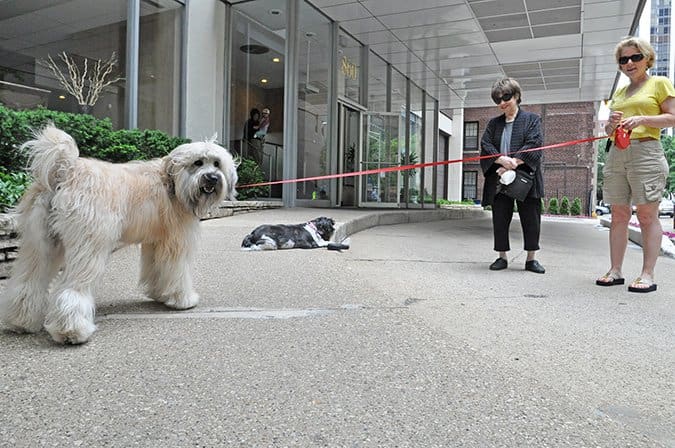
Greetings
Be very careful about introductions, especially with children. If you have any doubts about your dog’s ability to handle an introduction with grace, say, ” Sorry, my dog is too shy to meet you. Maybe another time.” If it’s deemed safe, let the dog sniff the back of the person’s hand. Let the would-be greeter know that she shouldn’t reach out to a strange dog. If your dog is relaxed, with a softly wagging tail and no stiffness, instruct the person to pet his chest or under the chin. Many dogs don’t like to be petted on the head.
If you know that your dog doesn’t care to meet people or if he may jump on someone, until you can train better behavior, just manage with a smile and a good hold on a short leash. Then use treats to maintain your dog’s attention long enough to get past the person without interaction.
Exercise
When it’s subzero or pouring rain, it’s hard to convince ourselves and sometimes even our dogs that we must go out. While it’s very creative to use a hallway to play fetch, it may not be such a great idea. The noise may disturb others and even worse, a person leaving her apartment unaware could get knocked down or trip over your dog. If you have everyone’s permission on the floor to engage in this activity during a certain time of day, great, go for it.
Elimination
Be courteous. You wouldn’t dump your trash in the hallway or right outside the entrance. Try get your dog to the curb to eliminate and always pick up. If he has an accident, clean thoroughly with an enzyme cleaning solution so other dogs don’t get the idea the elevator is a good place to eliminate. Perhaps a spray bottle could be kept at the front desk in the lobby for this purpose.
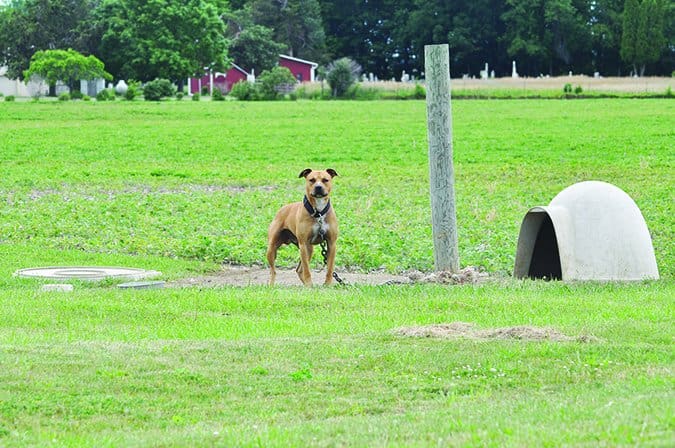
Must Not Love Dogs?
Dog owners need to remember that everyone doesn’t love dogs as much as you want them to. Some people don’t have the experience of being around dogs and may be afraid or maybe they just don’t like them. Or, worse, perhaps they’ve had a bad experience! So have consideration and, who knows, based on observing your well-behaved ambassador, maybe they’ll come around!
Also keep in mind that non-dog owners may not understand the bond that so many of us form with our furry family members. If they have a complaint about your dog, try to understand and address their concerns, just as you would about any other grievance stemming from living in close quarters.
For a list of some city-friendly dog breeds, check out this Dogster post!
Helene Goldberger, Esq., CPDT-KA, PMCT, grew up with dogs and pursued a better way to train in order to help her fear-aggressive dog, Chester Bighead, CGC, TT. This path led her to becoming a professional trainer; her training business is called HeartDog. Helene is of counsel to Tooher & Barone LLP, an environmental law firm, in Albany, NY. She lives with her husband, two rescued pitbulls, and two retired horses in the Catskill Mountains.


